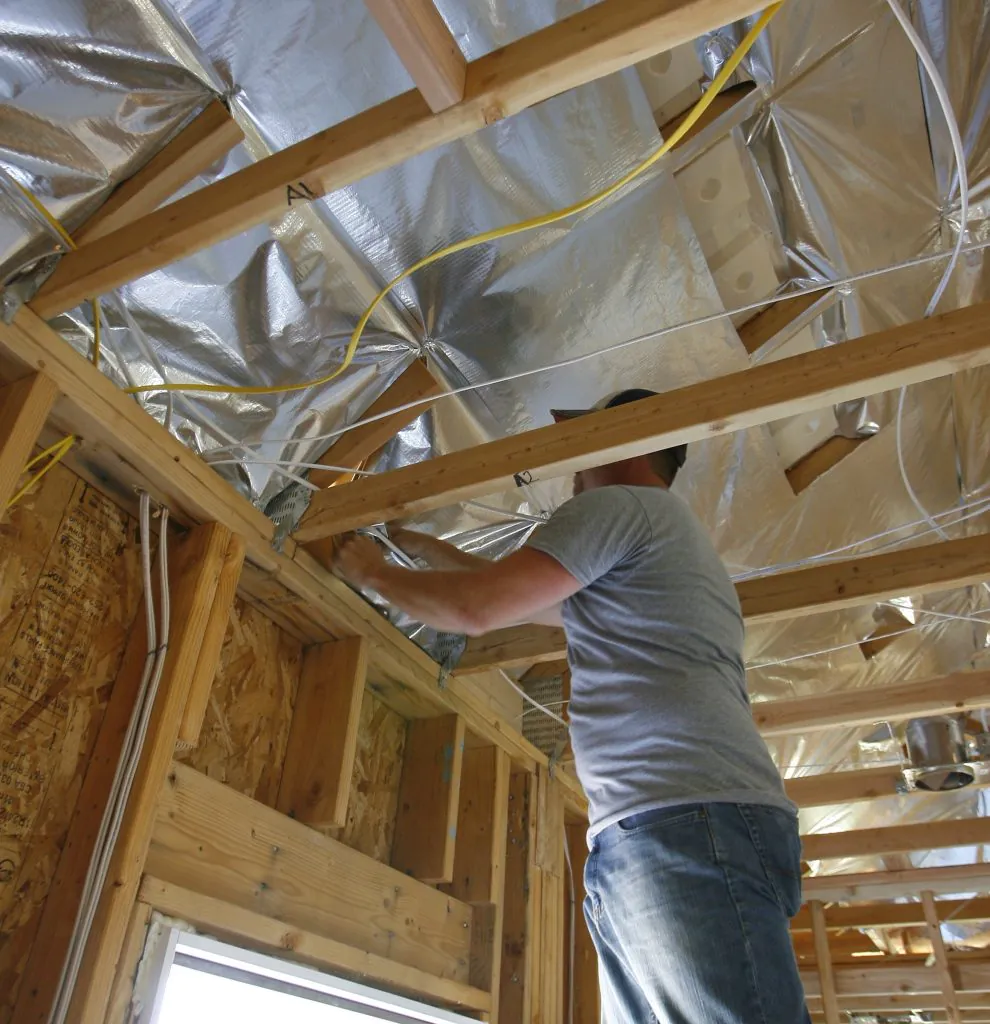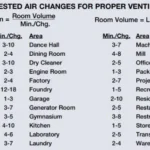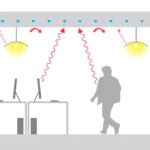Some attics have a foil-like sheet inside them, often on the plywood or draped over trusses under the roof decking. These sheets are called “radiant barriers.” Their job is to reflect some of the sun's heat beating down on the roof. When those rays from the sun don’t pass through the roofing materials to the attic, the attic stays cooler.
That sounds great, right? In theory, radiant barriers seem like a great way to reduce the heat load during the summer. That will drop the power bills. However, radiant barriers also need to be installed correctly for them to do any good. Even then, keeping the attic cooler in a humid climate like ours can also cause moisture issues in the attic.
This article will explain how these radiant barriers work, why proper installation matters, and their pros and cons.
What a Radiant Barrier Does
Heat is the energy that causes molecules to move. It isn’t created or destroyed but moves from one form to another. Whenever you’re cooking on a stovetop, the heat from the burner moves to the pan, which makes it hot.
The sun gives off radiation, and we get light and heat from it. The heat can be absorbed or reflected, depending on the material. For example, a concrete blacktop would absorb way more heat than silver foil. Silver foil would mostly reflect heat. Objects (and our bodies) also give off heat, not just the sun.
Radiant barriers reflect the sun’s heat. The heat will be absorbed into the dark roof tiles, try to get into the attic, and then be reflected to the roof by the barrier. Your attic will be cooler since most of that heat can’t enter.
Proper Installation Matters
For radiant barriers to work, they must face the heat source and have an air gap between the barrier and the source. The shiny surface needs to face the roof, and we can’t press it against the ceiling. If a radiant barrier is sandwiched with no gap, the ceiling would transfer heat to it by touch, which wouldn’t be reflected. Again, think about how heat moves from a stove’s burner to a pan.
What Are the Upsides of a Radiant Barrier?
When installed correctly, radiant barriers keep your attic cooler and reduce power bills during the hot months. The air in the ductwork won’t have as much heat trying to enter it, so it’ll be cooler when it arrives at the vent. In a warm and sunny climate like ours in Central Florida, you could see a 5-10% reduction in your cooling costs (per the U.S. Department of Energy) by installing a radiant barrier.
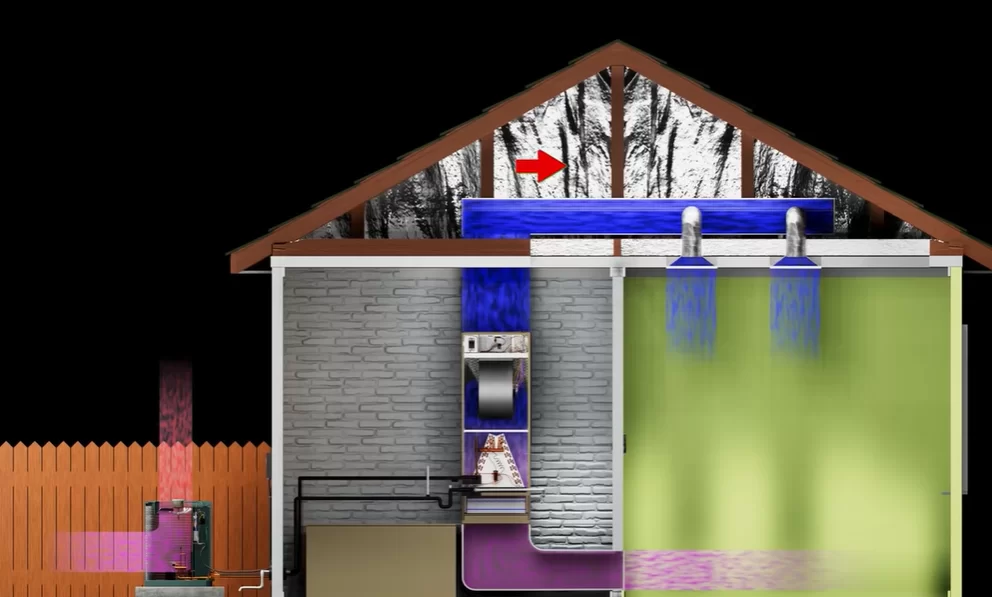
If you like to store things in the attic, you'll also be able to keep them cooler. Your attic still won't be climate-controlled unless your attic has air conditioning, but it won't be nearly as hot.
What Are the Downsides of a Radiant Barrier?
When radiant barriers keep your attic cooler, the duct surfaces get closer to the dew point. The dew point is the temperature at which water vapor in the air condenses and becomes water (like dew on your car in the morning). Surfaces at or below the dew point will get wet.
We can get high dew points in the summer, often reaching the mid-70s. If the attic air is cool enough to cause duct surface temperatures to drop below that dew point, your ducts will start sweating.
Sweating ducts result in a wet attic, and fungal matter thrives in moist environments. You could see mildew or mold-like growth in your attic if surface temperatures stay below the dew point.
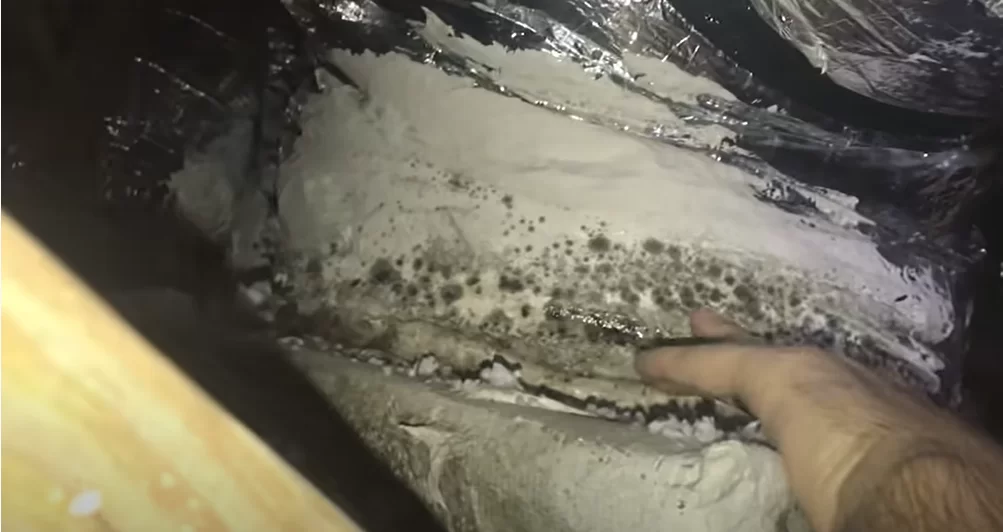
Final Thoughts
While correctly installed radiant barriers can give you some energy savings, they may still come with other issues. These other issues include fungal growth when the dew point is high, and it often is in Florida. A radiant barrier may be more trouble than it’s worth unless you have a dehumidifier in your attic (which uses energy and costs money to install and run).
Radiant barriers aren't necessarily bad, but they come with challenges in our Central Florida climate. Unless you are willing to deal with those challenges and know how you'd like to do that, a radiant barrier likely won't be a worthwhile investment.
Now, if you want to consider duct sealing or installing an A/C unit or dehumidifier in the attic, Kalos can help! Call or text us 24/7 at (352)-243-7099, and someone will answer your questions or set up a visit from one of our technicians.

